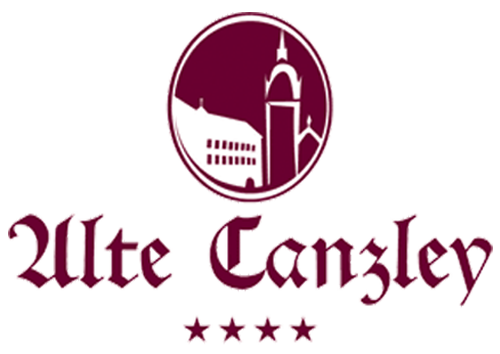Valuable artifacts from Wittenberg prove the importance of the town in the 13th century
In the winter of 2003-2004, an extensive archeological excavation took place in the grounds of Schlossplatz 4 in Wittenberg . The reason for the excavation was the construction of a health and convention center. From the beginning the property owners were very interested in the archeological excavations. Their generosity in being ready to accept delays and financial sacrifices, made it possible to examine an area of 70 square meters (84 square yards) and gain important knowledge of the medieval history of the town.
In a relatively small, undamaged area, seven ovens from the 13th and 14th centuries were found, the highlight being an almost intact warm air heater of the late 14th century, which could be excavated with generous support from the property owners. A domed clay oven, with the bottom still intact, is also very impressive. The fact that there are so many fireplaces in such a small area shows that in the Middle Ages cooking and heating facilities were located here.
In the beginning, this area was probably used as a kitchen, later it accommodated a heater and perhaps workshops. Unfortunately, it was impossible to learn anything about the buildings in which the ovens were found. In any case, the warm air heating must have belonged to a stone building. This exclusive setup shows that this was a wealthy area.
This assumption can be supported with three findings. When the layer of the 12th and13th century was removed, a pointed bronze item appeared that at first could not be identified. As the rare find was restored by the LfA (state archeology center), it appeared that this item was a part of a Schwertortband. Some time later the archeologists unearthed a second, corroded but complete Schwertortband (the ornamental part of a scabbard). In a dig site dating from the early 14th century, a colored piece of glass was found. It differs from local medieval glass mainly by its width and color.
The coloring consists of ornaments in gold enamel with red contours and single colorful droplets. This piece of glass is probably a part of a bowl, whose inside was painted and which came from the orient. In the Middle Ages glass vessels of this kind were mainly made in the Syrian city of Aleppo.
The two Schwertortbänder and the piece of bowl as well as the warm air heaters make you wonder about the medieval inhabitants of the excavated area. Right next to the excavations is the Wittenberg castle, which was erected on the ruins of the old town castle. Hardly anything is known of this building. Referring to the results of the excavations one may assume that the castle or the adjacent fortifications extended further to the north than the later castle. The lords of this medieval castle were the Ascanians, who were the Saxon electors until 1422. Maybe the Schwertortbänder were produced in the adjacent fortifications and maybe the oriental glass vessel came to the Wittenberg court in the wake of the crusades, or maybe the warm air heaters had something to do with the tower-like building (which has been impossible to identify as of yet) and which can be recognized in a print of the town from the year 1536. We have only started to examine the castle grounds, but we can be sure that in the coming years we will gain much more precise knowledge of medieval Wittenberg.
Written by:
Holger Rode M.A. (Berlin)
Editor: Dr. Michael Schefzik
Source: http://www.archlsa.de/funde-der-monate/04.04/


